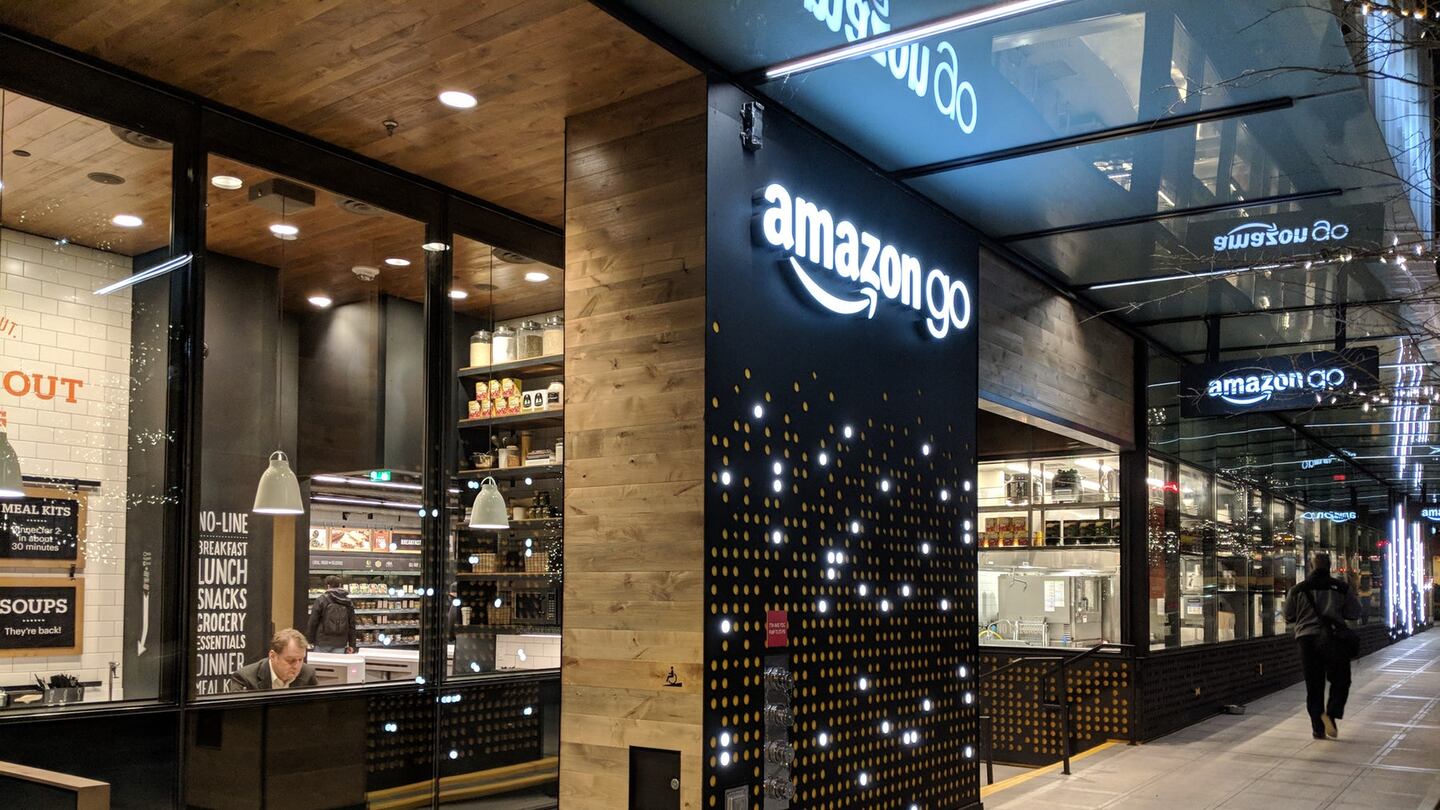
The Business of Fashion
Agenda-setting intelligence, analysis and advice for the global fashion community.

Agenda-setting intelligence, analysis and advice for the global fashion community.

SEATTLE, United States — Amazon.com Inc. plans to open as many as six more cashierless stores this year, according to a report.
The e-commerce giant is considering locations in Los Angeles and hometown Seattle, where the first Amazon Go store opened last month, Recode reported Thursday, citing people familiar with the situation.
Amazon Go is the company’s most ambitious effort to change the way people shop and a play for the struggling $550 billion U.S. convenience store industry. It’s part of the company’s larger brick-and-mortar ambitions, which include a stepped-up push into groceries with the Whole Foods Market acquisition as well as the opening of about a dozen book stores in such cities as Los Angeles, Chicago and New York.
To enter the Amazon Go store, customers download a smartphone app and scan a QR code to open a glass turnstile. Those shopping in a group scan the account holder’s phone once for each person entering and sensors will associate them with that account. From there, machines take over, watching the items plucked from shelves and adding them to a shopping cart. Shoppers are billed once they leave and if there are any mistakes or the customer isn’t happy with an item, you push a “refund” button to have that item removed from the bill. Shoppers don’t have to return an unwanted item to the store to get a refund.
ADVERTISEMENT
Citing people familiar with the company’s plans, Recode reported that Amazon has held serious talks with Los Angeles billionaire developer Rick Caruso about bringing a Go store to The Grove, his 600,000-square-foot outdoor shopping Mecca.
Amazon didn’t immediately respond to a request for comment. The shares rose less than 1 percent to $1,492.05 at 10:17 a.m. in New York.
By Julie Verhage; editors: Jillian Ward, Robin Ajello and Nate Lanxon.
The company, under siege from Arkhouse Management Co. and Brigade Capital Management, doesn’t need the activists when it can be its own, writes Andrea Felsted.
As the German sportswear giant taps surging demand for its Samba and Gazelle sneakers, it’s also taking steps to spread its bets ahead of peak interest.
A profitable, multi-trillion dollar fashion industry populated with brands that generate minimal economic and environmental waste is within our reach, argues Lawrence Lenihan.
RFID technology has made self-checkout far more efficient than traditional scanning kiosks at retailers like Zara and Uniqlo, but the industry at large hesitates to fully embrace the innovation over concerns of theft and customer engagement.